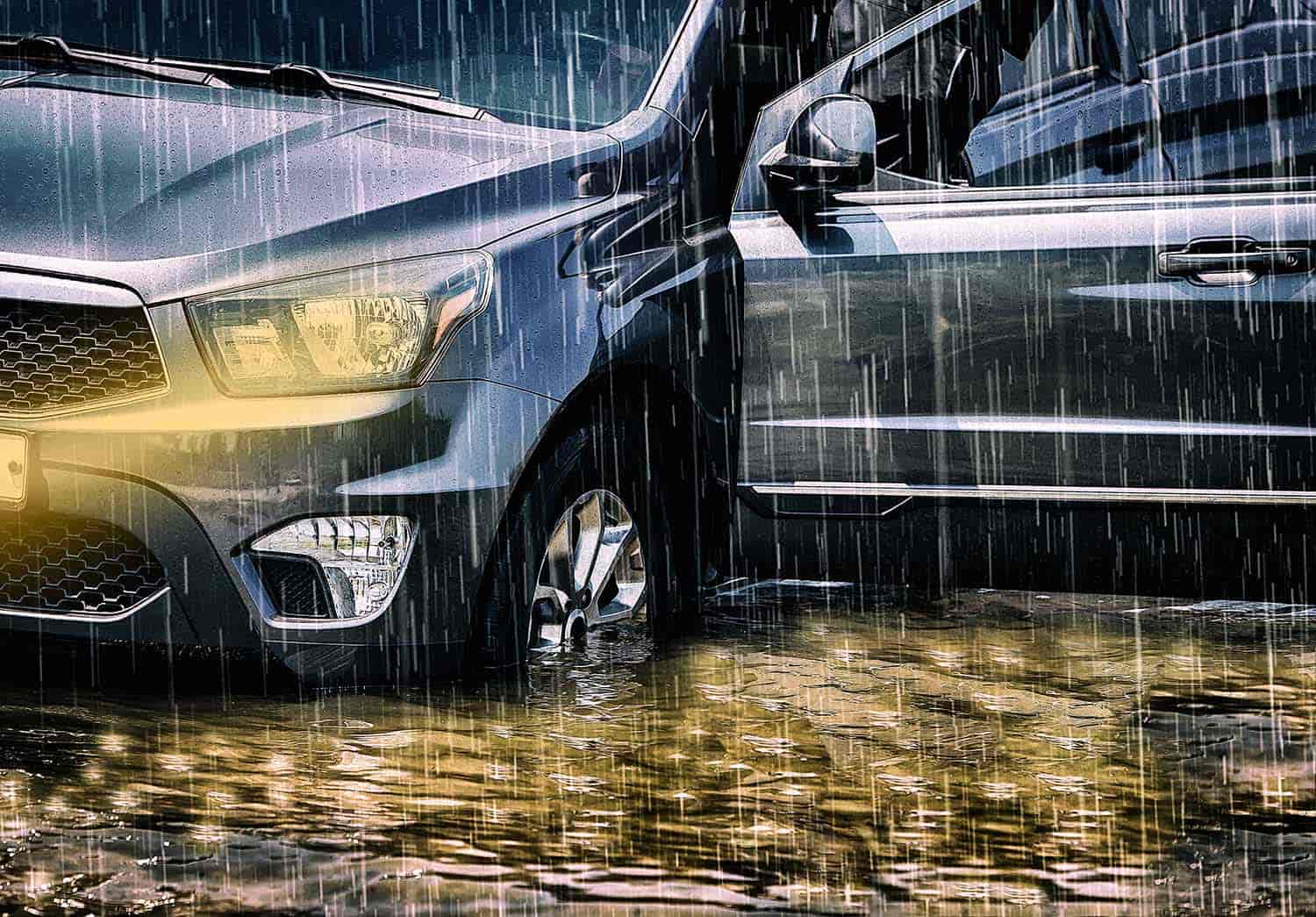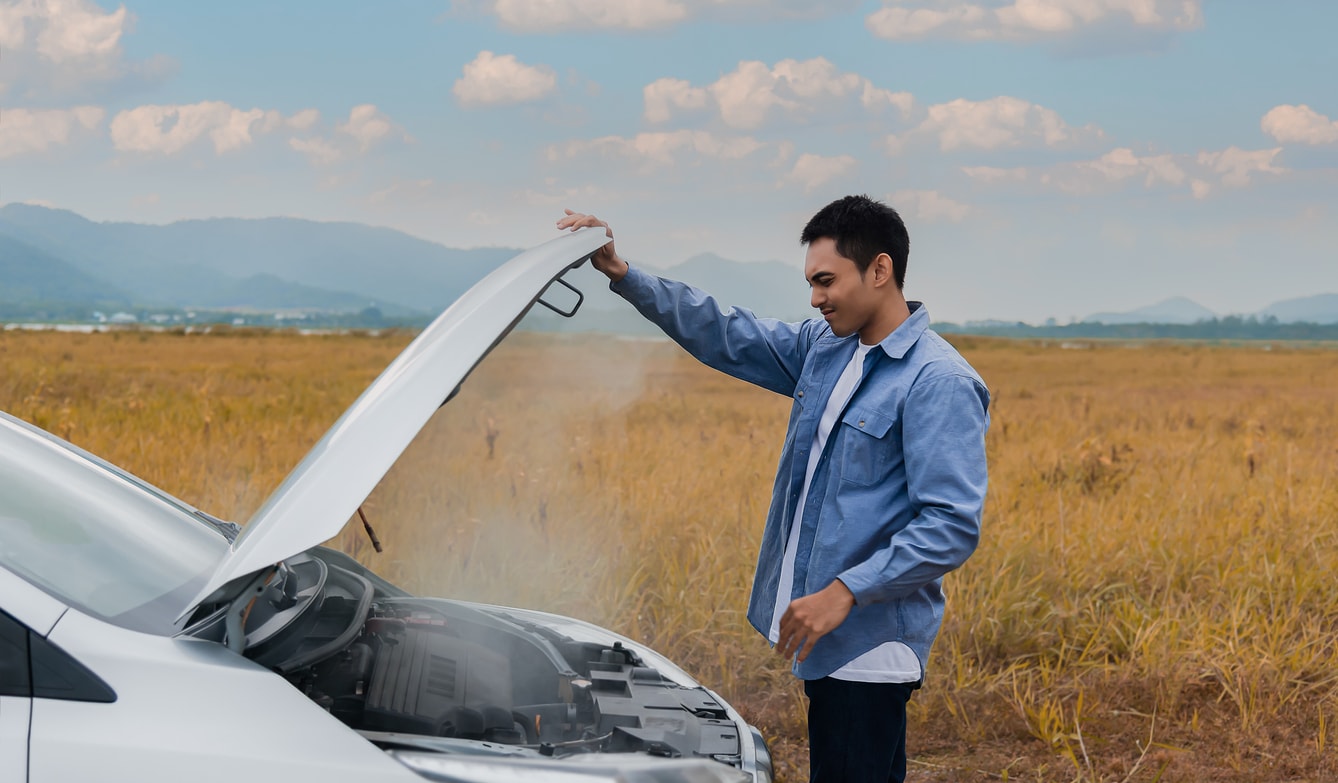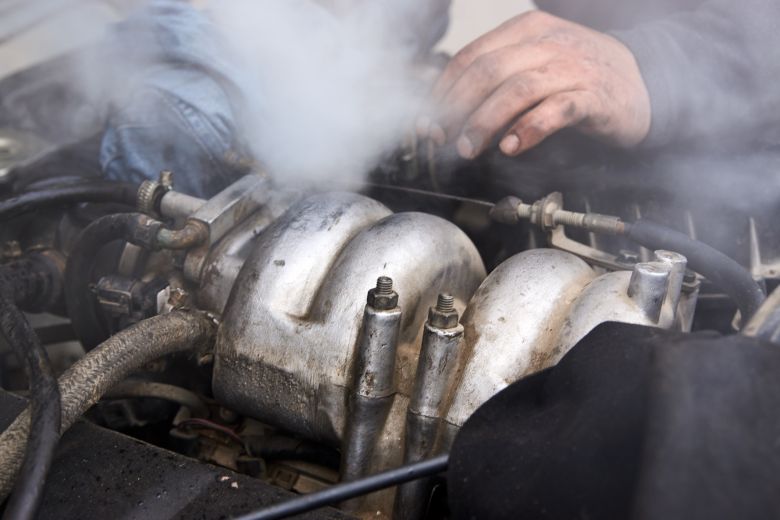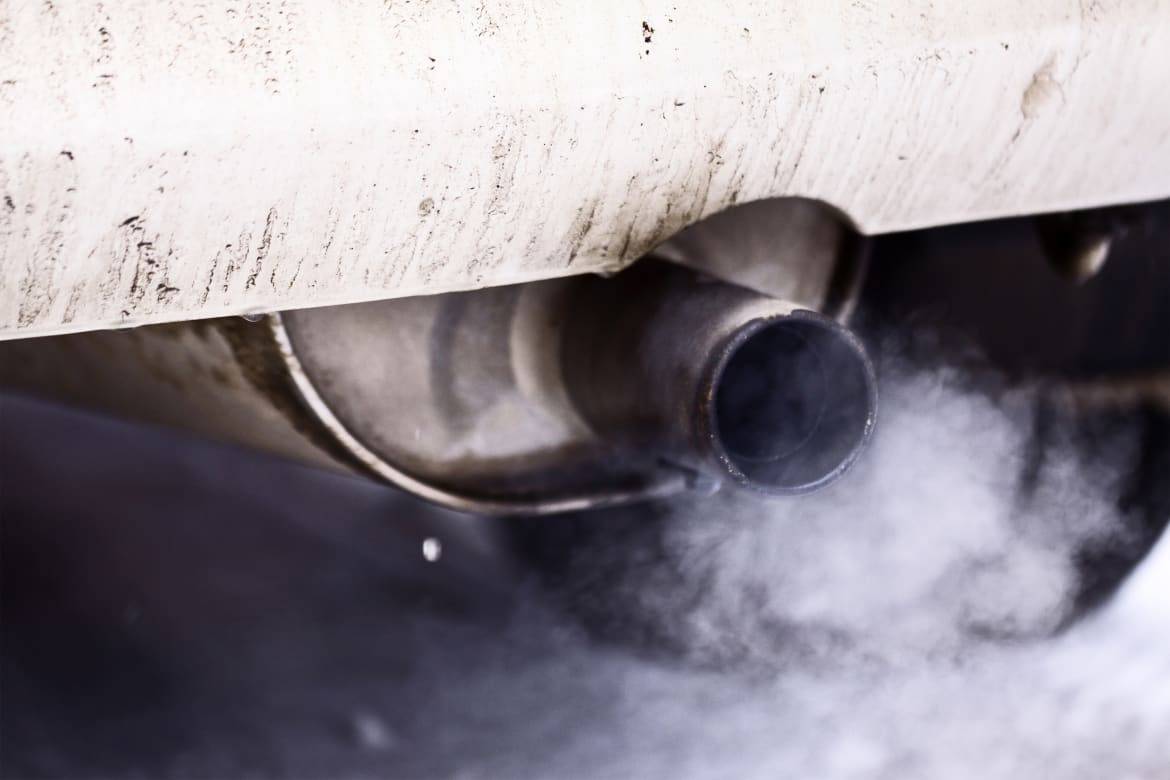Is Flood Damage Car Repairable
Flood damage on a car can be repairable depending on the extent of the damage. Immediate assessment and repair are crucial for the possibility of recovery.
Water intrusion in a vehicle can lead to serious issues, including electrical system malfunctions, engine damage, and interior contamination. Dealing with a flood-damaged car promptly increases the chances of salvaging its operability, yet the process might be complex and costly.
When faced with such damage, car owners must decide whether the repairs are worth the investment, as sometimes the cost of restoration can exceed the value of the car itself. It’s essential to consult with a professional mechanic to evaluate the severity of the damage. They can provide expert advice on whether the vehicle is salvageable and the necessary steps for repairs. Drying out the vehicle, replacing fluids, and thorough cleaning are often the first steps in the restoration process of a flood-damaged car.

Credit: www.usjunkcars.com
Assessing Flood Damage
Flood damage to a car can be a serious concern. Before deciding if a vehicle is repairable, a thorough assessment is vital. Understanding the extent of damage helps in making an informed decision about repairs.
Initial Inspection
Start with a careful review of the vehicle. Look for signs of water ingress. Check for any visible damages to upholstery, electronics, and the engine.
- Examine the interior for moisture and debris.
- Inspect for water lines on the exterior and engine components.
- Assess electrical systems by attempting to start the car.
Identifying Water Levels
Determining how deep the car was submerged is crucial. Water level indicators can point towards potential damage. Check for residue or water lines inside the car, which may signal how high the water reached.
| Area | Indicators of Water Level |
|---|---|
| Dashboard | Water residue, malfunctioning electronics |
| Seats | Moisture, water stains |
| Engine | Oxidation, mud in nooks |
Consulting A Professional
After the initial examination, seeking expert advice becomes imperative. A certified mechanic can provide a detailed assessment.
- Find a trusted mechanic or repair shop.
- Request a comprehensive evaluation.
- Discuss repair costs versus the car’s value.
A professional will consider safety, reliability, and viability in repairs. Expert insights ensure accurate repair assessments.

Credit: www.mach1services.com
Categories Of Water Damage
Understanding the Categories of Water Damage is crucial when assessing a flood-damaged vehicle. Knowing the type of water that has affected your car can greatly influence the repair process and eventual success. Water damage falls into categories based on the water source. Let’s explore these categories and their implications for your vehicle’s repairability.
Fresh Water Versus Salt Water
Different types of water pose distinct challenges for car repair. Fresh water flooding may be less harmful to a car than salt water. Salt water is corrosive and can quickly damage metal parts and accelerate rust. Identifying the water type is a first step in gauging potential damage.
Electrical Systems At Risk
The heart of modern vehicles is their electrical systems. These systems are extremely vulnerable to water. Floods can cause short circuits and total system failures. Technicians must thoroughly inspect all electrical components before declaring a car safe.
Interiors And Upholstery
A car’s interior can betray water damage quickly. Upholstery, carpeting, and padding may need complete replacement if soaked. Molds and mildew can form, causing health hazards and a lasting stench. Detailing work is often essential.
Each category demands a specialized approach to repair. Identifying the damage type is the first step in a successful restoration.
The Repair Process
Repairing a flood-damaged car is a step-by-step journey. It demands attention to detail, and proper restoration can bring a seemingly lost cause back to life.
Drying Out The Vehicle
The first priority is removing all water. Professionals will strip the interior, including seats, carpeting, and insulation. Specialized equipment helps dry out the car’s cabin. This process is vital to prevent further water damage.
- Thorough inspection for water lines
- Use of industrial fans and dehumidifiers
- Complete drying to prevent mildew
Engine And Mechanical Components
Engines suffer significantly from flood damage. Mechanics will drain and replace all fluids. They check for water in the engine, transmission, and fuel system. Each part goes through evaluation and cleansing.
| Component | Action |
|---|---|
| Engine | Clean, dry, and inspect |
| Transmission | Dry and refill fluid |
| Fuel System | Flush and clean |
Dealing With Mold And Corrosion
Beyond the immediately visible, mold and corrosion can lurk unseen. Technicians will tackle mold by using antimicrobial solutions. All metal components undergo inspection for rust. Preventive measures help stop corrosion before it starts.
- Remove and clean all surfaces
- Treat with mold inhibitors
- Inspect for early signs of rust
Costs And Considerations
When devastating floods sweep through, they often leave behind a trail of damaged vehicles. Whether a car subject to flood damage is repairable is a complex question. The answer depends on several factors: the extent of the damage, the car’s value, and more. Before deciding to repair, it’s critical to understand the costs and considerations involved.
Estimating Repair Costs
Estimating the cost of repairs is the first step after flood damage. It is essential to have a thorough inspection by a professional. They will check:
- Electrical systems
- Engine and transmission
- Interior components
- Fuel system
The severity of the water damage dictates the expenses. Corrosion, mold, and mechanical issues are common. Some costs may include:
| Repair | Estimated Cost |
|---|---|
| Electrical repair | $500 – $1500 |
| Upholstery | $200 – $500 |
| Engine overhaul | $1500 – $3000 |
Insurance Coverage
Insurance plays a vital role in managing repair costs. A comprehensive policy often covers flood damage. Vehicle owners should:
- Review their policy carefully.
- Contact their insurance provider immediately.
- Document the damage with photos.
Keep in mind, coverage varies. Deductibles apply. Some policies may total the vehicle if repair costs exceed its value.
Weighing Repair Against Replacement
Deciding between repair and replacement involves careful consideration. Assess the car’s current market value against projected repair costs. Long-term reliability is also a factor. Signs that suggest replacement over repair include:
- Water reaching the dashboard level
- Contaminated engine oil
- Mold growth in several areas
Salvaging a flood-damaged car can be significantly more expensive in the long run. Assess all factors, including potential future reliability issues and resale value, before deciding.
Long-term Effects And Value
Dealing with flood damage in a car can bring a host of challenges. Even after repairs, the long-term effects and the overall value of the vehicle can be significantly impacted. Understanding these aspects is crucial for car owners facing such unfortunate events.
Resale Value After Repairs
Once a car undergoes flood-related repairs, its history carries a permanent mark. Buyers often shy away from cars with flood damage, even if they have been fully repaired. This stigma can decrease a vehicle’s resale value substantially. Transparent disclosure is essential when selling, as any undisclosed water damage can lead to legal repercussions and diminish trust.
- Carfax report changes: Flood damage gets reported, alerting potential buyers.
- Trade-in challenges: Dealers may offer lower values for trade-ins.
- Private sale complications: Buyers might demand lower prices or avoid the purchase.
Potential Long-term Problems
Flood damage can lead to multiple long-term issues, emerging weeks or even years after the initial event. Corrosion, electrical malfunctions, and mold can all surface despite thorough repairs. These problems can lead to costly fixes and safety risks. Some common issues include:
- Engine wear: Residual water causes rust and decreases engine life.
- Electrical glitches: Wiring problems can affect the entire vehicle.
- Mold growth: Damp interiors can lead to health concerns.
Warranties And Guarantees
Post-repair, warranties and guarantees become vital for peace of mind. Some repair shops might offer limited coverage on flood damage repairs. It is crucial to understand what is covered and for how long. Reliable repair shops will provide clear guarantees on their work, signaling quality services. Here is a quick overview:
| Warranty Type | Duration | Covered Aspects |
|---|---|---|
| Standard Warranty | Varies | Most mechanical and electrical parts |
| Extended Warranty | Longer terms | Comprehensive coverage options |
| Guarantee on Repairs | From months to a year | Specific to the flood-related repair |
Ask questions and read the fine print to avoid future complications. Choose reputable repair services with clear warranties and guarantees to ensure long-term protection.

Credit: ohsbodyshop.com
Preventive Measures For Car Owners
As a car owner, it’s vital to take steps to safeguard your vehicle against flood damage. While flood damage can be repairable, prevention is always better than cure. In this section, we’ll cover essential tips and strategies under three key aspects: Flood Preparedness, Choosing the Right Insurance, and Regular Maintenance and Inspections.
Flood Preparedness
Stay ahead of the game and protect your vehicle with these strategies:
- Stay informed about weather updates.
- Invest in sandbags and waterproof barriers.
- Park your car on higher ground.
- Emergency kits are a must; keep one in your car.
Choosing The Right Insurance
Insurance can save you lots of money. Keep these points in mind:
| Type of Coverage | What it Offers | Suggested for Areas |
|---|---|---|
| Comprehensive | Covers flood damage | Flood-prone regions |
| Collision | Does not cover floods | Less risk areas |
Review your policy yearly and understand the fine print!
Regular Maintenance And Inspections
Preventive car care goes a long way. Here’s how:
- Regularly check seals and door linings.
- Inspect brakes and undercarriage for rust.
- Change fluids and oils frequently.
- Get a professional vehicle inspection annually.
Frequently Asked Questions On Is Flood Damage Car Repairable
Can A Flood-damaged Car Be Fully Restored?
Yes, a flood-damaged car can often be fully restored. However, the extent of the damage and the quality of restoration work will determine the success. It is important to evaluate the damage thoroughly before proceeding.
What Are The Risks Of Repairing A Flood-damaged Vehicle?
Repairing a flood-damaged vehicle can come with risks such as electrical issues, engine problems, and mold. Even after repairs, there might be underlying damage that can surface later, impacting the vehicle’s reliability and safety.
How Does Water Affect A Car’s Electrical System?
Water can short-circuit a car’s electrical system, leading to unpredictable errors and failures. Components such as the ECU, fuse box, and wiring can be compromised, sometimes requiring complete replacement to ensure the car’s functionality.
Is It Cost-effective To Repair A Flood-damaged Car?
It is not always cost-effective to repair a flood-damaged car. The decision should be based on the severity of damage, the car’s value, and potential repair costs. A professional assessment is critical for making an informed decision.
Conclusion
Repairing a car after a flood is often feasible, yet it hinges on extent and type of damage. Timely evaluation and comprehensive cleaning are critical first steps. Professional advice is essential to ensure safety and retain value. Remember, each vehicle’s situation is unique, so consider all factors to make an informed decision.




